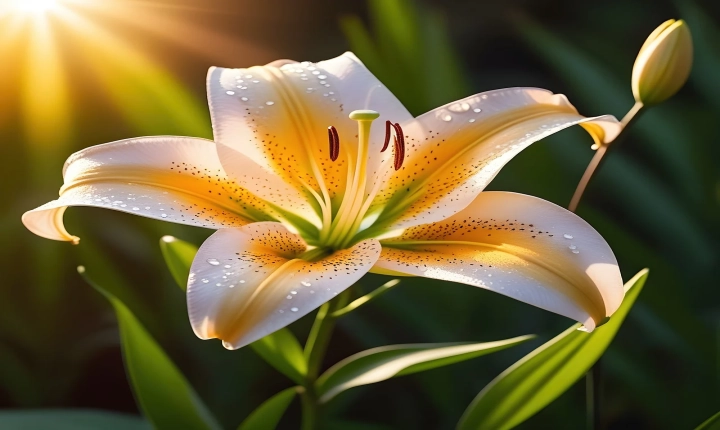Title: How to Make AI Hallucinate: Exploring the World of Neural Network Dreaming
In recent years, the field of artificial intelligence has seen tremendous advancements in creating systems that can simulate and generate images and videos. One fascinating area of research is the ability to make AI “hallucinate,” where neural networks generate surreal and dreamlike visuals that captivate the imagination. In this article, we will explore the process of making AI hallucinate and the potential applications and implications of this technology.
Neural networks, particularly those based on deep learning architectures, have shown remarkable capabilities in image recognition, generation, and manipulation. By leveraging the power of generative models such as Generative Adversarial Networks (GANs) and Variational Autoencoders (VAEs), researchers have been able to push the boundaries of what AI can create.
To make AI hallucinate, one common approach is to utilize a technique called deepdream, which was first introduced by Google in 2015. Deepdream involves taking a pre-trained neural network, such as a convolutional neural network (CNN) used for image classification, and modifying its internal representations to enhance and amplify patterns and features it recognizes in input images. This process results in visually captivating and often bizarre images that seem to be derived from the neural network’s “dreams.”
The deepdream process consists of several steps. First, an input image is fed into the neural network, and its activations are calculated at different layers of the network. Next, the gradients of the activations are computed with respect to the input image, and the image is modified to enhance the patterns that the network responds to strongly. This iterative process generates increasingly abstract and hallucinatory images as the features are amplified, leading to mesmerizing visual hallucinations.
The implications of AI hallucination extend beyond mere aesthetic enjoyment. This technology has potential applications in art, design, and creativity, enabling artists and designers to explore new dimensions of visual expression and inspiration. Additionally, AI hallucination can be used to enhance image processing and analysis, aiding in scientific research, medical imaging, and computer vision tasks.
On the other hand, the ability of AI to create hallucinatory visuals also raises ethical concerns and considerations. As AI-generated content becomes more indistinguishable from reality, there are implications for misinformation, fake media, and digital manipulation. Ensuring responsible usage and potential regulation of AI-generated content will become essential as this technology continues to advance.
In conclusion, the process of making AI hallucinate unlocks a realm of creativity and exploration at the intersection of artificial intelligence and visual art. Through techniques such as deepdream, neural networks can produce mesmerizing and surreal imagery that captivates the imagination. However, as this technology evolves, it is crucial to consider its broader implications and use it responsibly to harness its creative potential while addressing ethical concerns. The world of AI hallucination is a fascinating and thought-provoking domain that continues to push the boundaries of what is possible with artificial intelligence.
